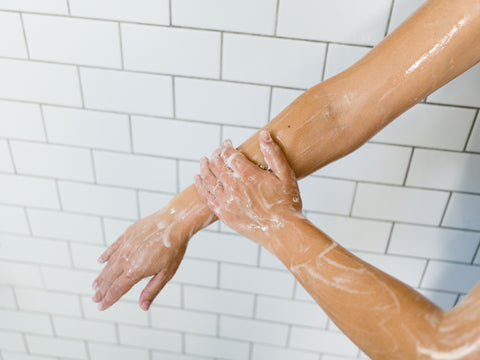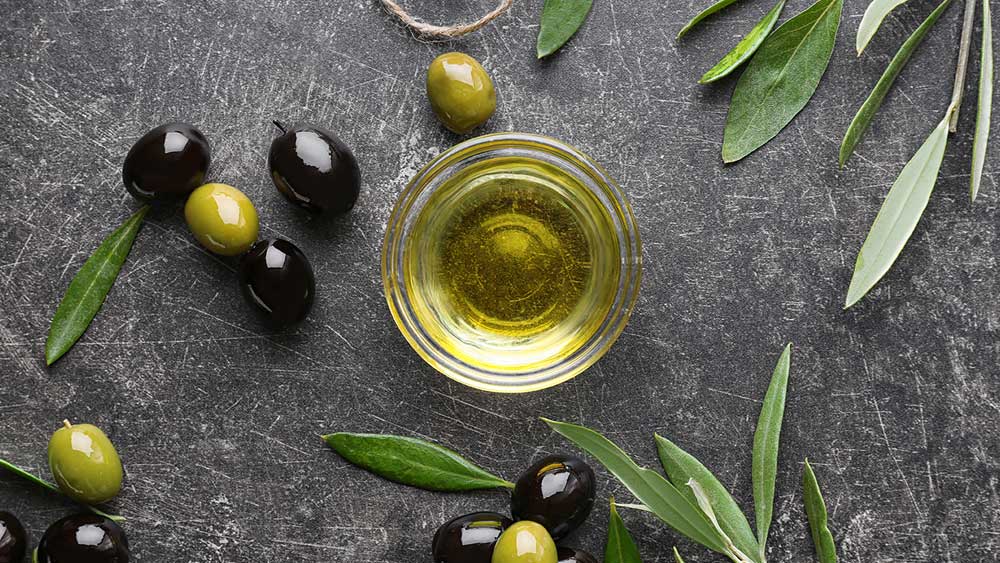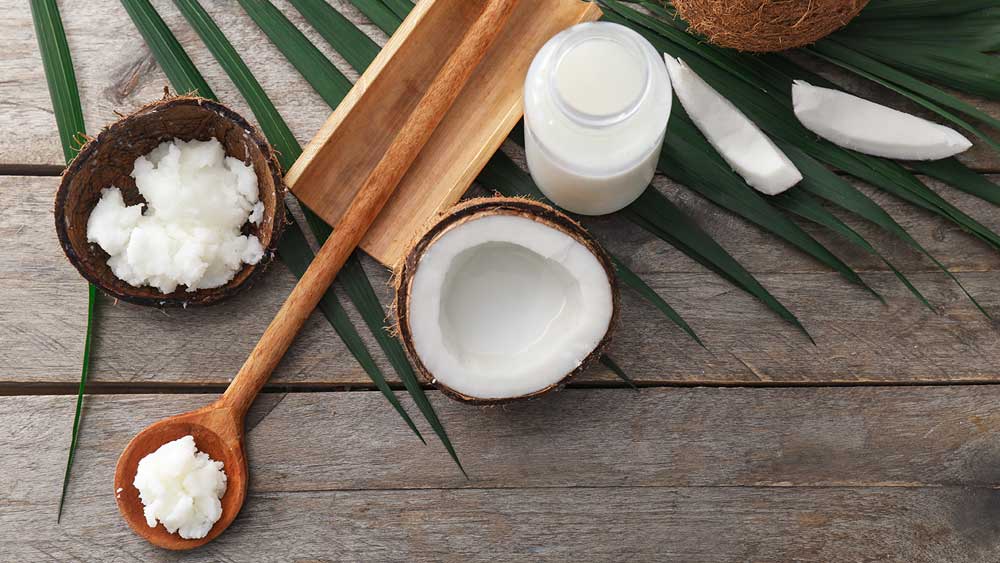
Tetrasodium Glutamate Diacetate (GLDA)
Learn about tetrasodium glutamate diacetate, how it's made, and all of the ways that tetrasodium glutamate diacetate is used in Puracy products.
- Derived from: plants
- Pronunciation: (\ˈte-trə-sō-dē-əm \ˈglü-tə-ˌmāt\ dī-ˈas-ə-ˌtāt\)
- Type: Naturally-derived
- Molecular Formula: C9H9NNa4O8
What Is Tetrasodium Glutamate Diacetate?

Tetrasodium glutamate diacetate (GLDA) is a vegetable-based chelating agent.
GLDA works to create bonds with unchecked ions that can alter a formula's appearance, such as preserving soap and keeping it from going bad.
Common Concerns
- Cancer: low risk
- Allergies & Immunotoxicity: low risk
- Developmental and Reproductive Toxicity: low risk
- Use Restrictions: low risk
Chemical Structure

When added to a compound, GLDA has stabilizing properties that preserves products and prevents discoloration. In high concentrations, it can even enhance cleaning abilities and improve surfactant performance.
Tetrasodium Glutamate Diacetate Uses

Tetrasodium glutamate diacetate is often found in:
- Sunscreen
- Facial cleanser
- Shampoo
- Makeup
- Lotion
- Detergents
- Cleansing wipes
- Bar soap
- Body oil
- Food products
- Bath soak
- Bath products
How Tetrasodium Glutamate Diacetate Is Made

Metal organic acid chelates are made by reacting a metal ion from a soluble metal salt with an organic acid or its salt. For example, amino acid chelates have generally been made by reacting one or more amino acids, dipeptides, polypeptides, or protein hydrolysate ligands in an aqueous environment. Under appropriate conditions, this causes an interaction between the metal and amino acids to form amino acid chelates.
Organic acid chelates have been generally been made by producing a reaction by using either amino acids, picolinic, nicotinic acids, or hydroxycarboxylic acids.[4]
Is Tetrasodium Glutamate Diacetate Safe for Skin?

Research shows the ingredient is not a strong skin irritant.[5] Discover more abouts its effects on allergies and the environment.
-
Allergenicity
Studies have shown that GLDA is non-irritating and has no corrosive effects.
-
Comedogenicity
The Cosmetic Ingredient Review deems the ingredient non-comedogenic and safe to use in cosmetics.
-
Environmental Impact
GLDA is biodegradable and easily soluble in water. Because of this, it also has low potential for bioaccumulation.
Why Puracy Uses Tetrasodium Glutamate Diacetate

We use tetrasodium glutamate diacetate as a rinsing aid in several of our products because it temporarily reduces the surface tension of water. This creates a sheeting effect and helps suds and grime rinse away quickly and completely. Fewer water droplets left on surfaces reduces the need to rinse repeatedly to get soap off (and therefore reduces water consumption).
Uses of Tetrasodium Glutamate Diacetate

As a rinsing aid and a chelating agent, GLDA can be used in the following ways across different products.
-
Skincare
As a chelating agent, GLDA improves stability and improves the effectiveness of preservatives in sunscreens, facial cleansers, makeup, and bar soap.
-
Haircare
In shampoos and gels, GLDA prevents natural discoloration and similar to in skincare, it also works as a stabilizer and chelating agent.
Usage Tips

Follow these tips for best incorporating Tetrasodium Glutamate Diacetate into your daily routine.
- Consult a Medical Professional
If you are considering adding GLDA to your daily skincare or haircare routine or as a part of your diet, consult your dermatologist or dietician. They can ensure that the ingredient will benefit your health and body’s specific needs and sensitivities.
- Patch Testing
No adverse effects were observed in laboratory-done patch tests and the ingredient is considered to be non-sensitizing.
Sources
[1] Environmental Working Group
[2] Environmental Working Group
[3]Robinett, A., Schauble, C. "Method of manufacturing citric acid chelates"
[4] Trusovs, S. "Method for preparation of metal organic acid chelates"
[5] Cosmetic Ingredient Review


























